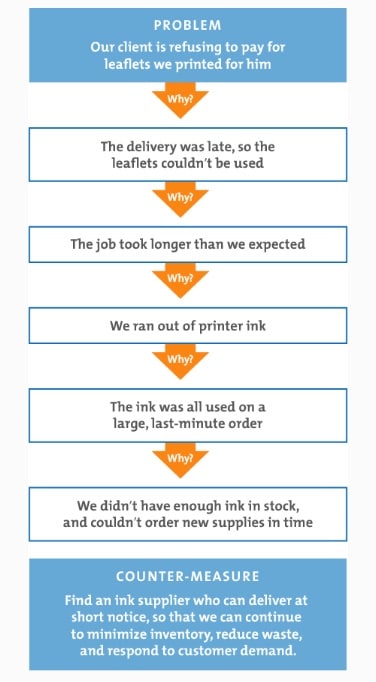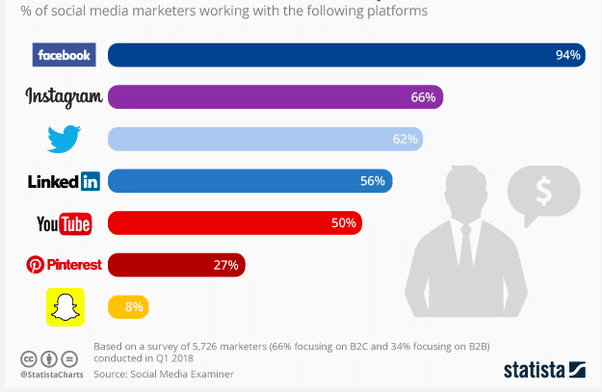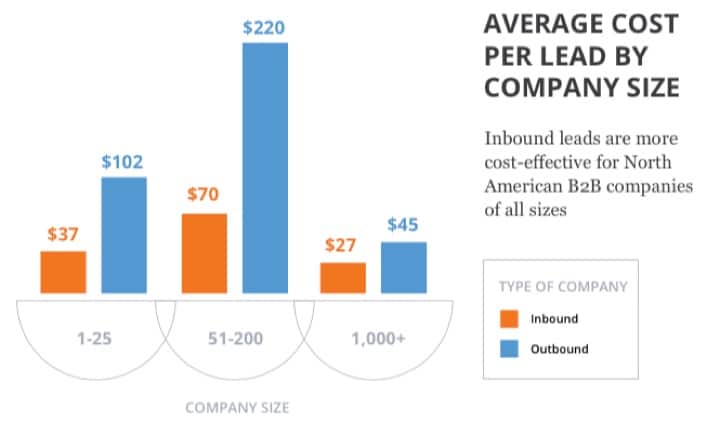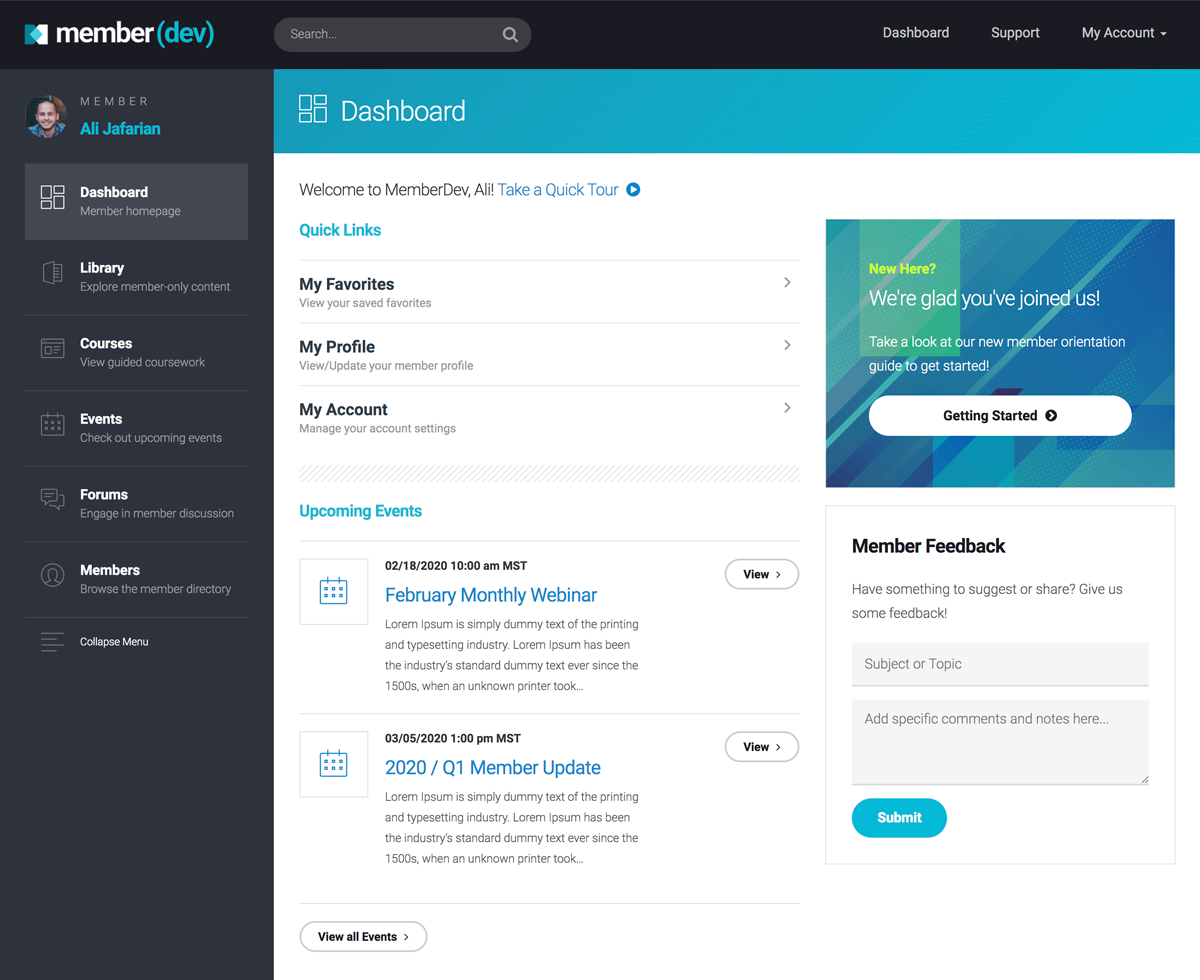Planning is a critical component of success, especially when it comes to marketing your membership business. Creating an annual marketing plan can make all the difference when it comes to meeting your end-of-year goals (or quarterly goals, for that matter).
“Every minute you spend in planning saves 10 minutes in execution; this gives you a 1,000 percent return on energy” ― Brian Tracy
Your year will only be as strong as your plan, so it’s essential to get it right. Here are a few tips for setting goals and creating an intentional marketing strategy for 2019 that will propel you to success every step of the way.
Reflect on Your End-of-Year Outcomes
Before you get into the nitty-gritty of planning out your marketing strategy, it’s important to take a step back and ask yourself, “Why?”
The underlying drivers for your business — knowing why you do the things you do and why your company is built the way it is — are the keys to achieving your goals. You need to find out what’s working, why it’s working, and how to play on your strengths in the coming year.
Doing this is as simple as asking a few strategic questions about your business overall. These could be marketing related, or not.
- What obvious positive progress did you see this past year?
- What obvious areas could use improvements?
- Which of these areas (from #2) are low hanging fruit that could be easily improved?
- What pain points did you have at the start of last year? Have they changed?
- What are 5-10 things you would like to see happen this next year?
- What major changes might impact your business in the next 6-12 months?
- What are the best case and worst case scenarios for next year’s marketing outcomes?
Or ask any of these 40+ strategic questions.
You don’t have to define everything in detail. It’s okay to only have a rough estimate of how you want to improve at this stage, as it’s more about assessing the general health and wellness of your organization. Once you know how you’re faring, it’ll be easier to identify areas of improvement when it comes to marketing.
If you’re stuck or you want to dive deeper into these questions to get a better understanding of underlying issues or you need help identifying low hanging fruit, try the 5 Why’s Method for problem-solving.

Refine and Define Your Successes
This may go without saying, but if you’ve found marketing solutions that work really well, there’s no need to reinvent the wheel.
If you’ve found success, appreciate and celebrate it!

You can always take your success further by bolstering the skills and processes that make your marketing great. If you haven’t done so already, take stock of what’s worked and then cement it as a process. Make it repeatable for next year.
Repeatable success will give you a solid foundation to work from, so even if you end up making big changes to your marketing strategy somewhere else, at least you’ll have a few easy wins at the start of the year.
Identify Opportunities for Growth
After taking some time to reflect on your past successes, failures, and pain points, the next step is to look at your current strengths and weaknesses and identify any areas for growth specifically for marketing.
The best method for this is the SWOT Analysis Method — Strengths, Weaknesses, Opportunities and Threats. Again, you’ll be asking some important questions, so take some time to think through each one carefully.
Note: It’s important to ask these questions in a marketing context. We’ve updated the questions from the standard SWOT template to reflect this.
Strengths:
- What advantages do you have when it comes to marketing your brand? (e.g. Unique niche, great logo, consistency in releasing campaigns, etc.).
- What unique or lowest-cost marketing tools and resources can you draw upon that others can’t?
- What do others see as your marketing strengths? (Always producing great blogs/content, excellent graphic design, good timing of emails, etc.).
- Who on your team is helping improve your marketing outcomes? Why and how?
If you’re struggling to identify strengths, write down a list of your brand’s characteristics (here’s a great example from Inloop) as if you were a customer (or have a customer do it).

Ask someone to navigate your website or open an email for a first impression. Are your social media handles easy to find? Do your emails headlines stand out from the crowd? Are you known for your sarcastic tone of voice or your professionalism? Write all of that down.
Weaknesses:
- What areas of your marketing do you struggle to see results? (Social media engagement? Email open rates? Sales?)\
- What marketing methods or platforms are absolutely not working for you, no matter how hard you try? (e.g. you just can’t get following on Instagram, no matter how often you post or the quality of your content).
- What do you/your team/your customers likely to see as marketing weaknesses? (e.g. you never post blogs on a consistent schedule).
- What marketing factors (if any) have directly lost sales?
Don’t sugar-coat the answers. Take a hard look at your marketing strategy and be honest about how you’re faring based on your current goals.
Opportunities:
- What interesting marketing trends would you like to try? (e.g. “We’d love to try influencer marketing, but we haven’t yet.)
- What new technology (tools, apps, platforms, services) are available now that might help?
- What social patterns, demographic changes and/or lifestyle changes might be affecting our audience that we should address?
- What local opportunities are becoming available to us this next year (if any)?
Threats:
- What marketing-specific obstacles do you face? (e.g. Low website traffic, small audience, low engagement, etc.)
- What are your competitors doing well that you’re not?
- Will economic or political shifts impact your business in the next year?
- Is changing technology or demand threatening your position in the market? (e.g. has a new social platform become popular in the last year or two?)

- Do you have cash-flow problems that might prevent you from utilizing certain marketing strategies?
- Could any of your weaknesses threaten your ROI?
Consider your competitors heavily as you make these assessments. There are things they are doing that are better and worse, and both should be taken into consideration when you create your marketing strategy for the year.
Remember that changes in the market aren’t always predictable, so you don’t have to be prepared for everything. Just know that your marketing needs or goals may shift over the year as the market itself changes.
If necessary, do some market research and reevaluate any strategies from previous years based on current trends and goals.
Lastly, look at your customer surveys (or take new ones) and any other feedback before finalizing your marketing plan.
Establish Your KPIs and Set Goals
By this point, you should have a rough idea of what you want from your marketing strategy and what you’ll need to achieve your goals in the next year. Now comes the hard part — establishing specific metrics.
There are a few Key Performance Indicators (KPIs) that you want to set goals around:
- Sales Revenue
- Cost Per Lead
- Customer Value
- Website Traffic
- Social KPIs
Sales Revenue. Revenue is an important KPI for assessing how effective your inbound marketing campaigns are and whether or not your current strategy is taking you in the right direction.
You can calculate your Sales Revenue using this formula:
(Total sales for the year) – (Total revenue from new customers acquired through inbound marketing) = Sales Revenue
This will give you an idea of how much of your total income is based on new customer acquisition versus recurring subscriptions from longtime customers. You can then decide how much time and resources you want to dedicate to reducing churn compared to bringing in new leads.
Cost Per Lead (Inbound + Outbound). You should also calculate the total acquisition costs for both inbound and outbound marketing.
Costs for inbound marketing might include things like creative and technical manpower, any technology or software purchases, and general overhead. Outbound marketing costs might include advertising and marketing distribution.

This will give you insight into your current marketing spending habits. Compare this to your total revenue from new customers. Your Cost Per Lead should be less than your income per lead if you want to grow.
Customer Value or Customer Lifetime Value (CLV). Your CLV will help you determine whether or not you are successfully marketing to current customers (reducing churn). This will make it easier to market to qualified leads and make customers happy.
You can calculate the lifetime value of your customers by using the following calculation:
(Average sale per customer) x (Average number of times a customer buys per year) x (Average retention time in months or years for a typical customer)
Website Traffic. You will also need to calculate your website traffic-to-lead ratio and your overall landing page conversion rate. This will show you how well your website sales funnel is performing and how well those leads are converting into customers.
The following is an example of how to calculate your Website Traffic Lead Ratio:
(Total website visitors) / (Leads) = Conversion rate
So, 100,000 new website visitors with 5,000 leads would equal a 5% conversion rate. If your traffic is steadily increasing but your traffic to lead ratio is low, it could be a sign that you’re missing something from your landing pages.
If you’re not sure your landing pages are converting properly, try A/B testing your landing pages, especially those related to your sales funnel.
Also, pay close attention to things like mobile traffic vs. desktop traffic (mobile conversion rates, etc.) and how your website appears on mobile devices.
Social KPIs. Finally, don’t overlook your social media cost and acquisition figures. Measure metrics like:
- Number of leads from each social channel
- Number of customer conversions from social leads
- Percentage of traffic associated with social media channels
- Top performing social platforms for traffic, conversions, etc. (for your business, specifically)
These metrics will tell you which channels you should focus on. Compare this to your outbound marketing metrics to see if there are ways to optimize your marketing budget. If Twitter brings in a lot of traffic, for instance, but doesn’t convert that traffic into leads, don’t spend money on paid Twitter ads. Invest in social advertising on platforms that bring you success.
Once you have your KPIs in place, you can make informed decisions about where to allocate marketing resources for the next 6-12 months.
Build Your Marketing Plan
The final step of the process is to put together all of your reflections, goals, and metrics into one marketing plan that will encompass all of your strategy for the next year.
A typical marketing plan will:
- Define your goals and desired outcomes for the following year
- Define your target customer(s) and their pain points

- Establish your unique selling proposition and marketing message(s)
- Define your pricing strategy
- Identify your top performing tools/platforms/strategies
- Create a step-by-step approach to achieve your marketing goals
The best way to put together a marketing plan is to sit down and write it out using an established template (see below). Your sales and marketing team(s) — or any other mentors or advisors — should also look through it to make sure you’re on track and to point out any oversights or flaws.
Remember to factor in your strengths and weaknesses when building your marketing plan.
If, for example, you know you struggle with outbound marketing but you really want to improve your paid social media campaigns, you might have to hire a social media guru to do it. Will that fit into your budget? Or can you afford to ignore it?
By taking the time to reflect on your business first, and then carefully measure your KPIs, you will give yourself a better glimpse into the “big picture” and be able to overcome obstacles before they arise and set yourself up for success.
Final Thoughts
Ideally, your plan should encompass a year’s worth of marketing activities, but remember that plans can (and should, in some cases) change. You should measure your KPIs and reevaluate your goals every few months (or quarter) to make sure you’re on track — or to put yourself on a different track altogether.




